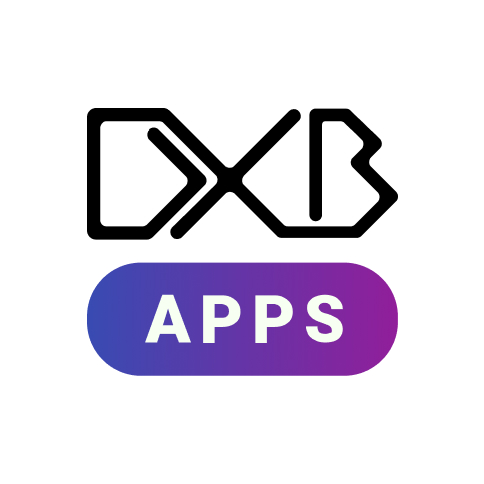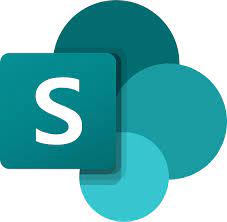In the ever-evolving world of transportation, the development of taxi apps has become essential for businesses aiming to compete in today’s ride-sharing market. As the demand for app-based ride services continues to soar, companies are investing in mobile app development to provide seamless, real-time solutions for both riders and drivers.
Focus on the User Journey
A successful taxi booking app development prioritizes a smooth and intuitive user journey. During the design and development phase, focusing on the user interface (UI) and user experience (UX) is critical. Riders want fast booking, live ride tracking, secure payment options, and timely notifications—all without a steep learning curve.
Minimalist design helps avoid clutter and allows users to focus on the essential features. Fast loading speeds and a responsive layout reduce bounce rates and encourage regular use. Every element should be optimized for ease of use, making user testing a vital step in the mobile app development process.
Supporting Drivers as Well
An efficient ride sharing app must also cater to drivers. A dedicated driver dashboard should offer tools to manage bookings, view earnings, and track ride history. Features like income summaries, performance metrics, and reward tracking improve the driving experience.
When planning taxi booking app development, it’s important to consider the needs of both riders and drivers. Balancing these two user groups ensures the platform runs smoothly and fosters long-term loyalty from both ends.
Build a Strong Backend System
A reliable backend is the backbone of any high-performing taxi booking app. The infrastructure must be able to handle thousands of concurrent users without crashing or slowing down. Using cloud technologies, scalable databases, and real-time processing tools ensures smooth operation under load.
Security is equally critical. Since these apps store sensitive data, including personal and financial information, investing in cybersecurity is non-negotiable. Secure encryption, two-factor authentication, and regular system audits help keep user data safe.
Keep Improving Based on Feedback
To stay relevant in a competitive market, continuous improvement is key. User feedback should guide future updates, helping you refine features, fix bugs, and introduce enhancements. An agile mobile app development approach allows for flexible upgrades and feature rollouts.
Trends change, and user expectations evolve. A ride-sharing platform must stay current by monitoring industry shifts and listening to its community. Regular updates show users you care—and keep your app ahead of the curve.
Conclusion
In today’s fast-paced market, a successful taxi booking app combines great UX, robust technology, and ongoing improvements. Whether you’re a startup or an established business, investing in smart taxi booking app development can help you build a ride-sharing platform that stands out. By focusing on both the driver and rider experience, leveraging modern mobile app development practices, and maintaining a strong backend, your app can become a reliable solution in a growing transportation market.





















